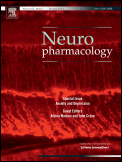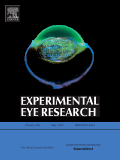
“COR167, a novel CB2-selective high affinity agonist, was found to significantly inhibit, in a dose-dependent manner, the proliferation of both peripheral blood mononuclear cells and myelin basic protein-reactive T cell lines from normal healthy subjects and patients with relapsing-remitting multiple sclerosis (MS). In MS, a significantly higher inhibition was observed in patients on treatment with disease modifying drugs compared to those naive to treatment. The inhibitory activity of COR167 was exerted through a mixed mechanism involving atypical and incomplete shift of Th1 phenotype towards Th2 phenotype associated with slight reduction of IL-4 and IL-5 as well as strongly reduced levels of Th17-related cytokines. COR167 was also able to reduce in vitro migration of stimulated immunocompetent cells through human brain endothelium associated with a significant reduction of levels of several chemokines. These findings demonstrate that COR167 exerts potent immunomodulatory effects and confirm the cannabinoid CB2 receptor as a novel pharmacological target to counteract neuroinflammation.”








